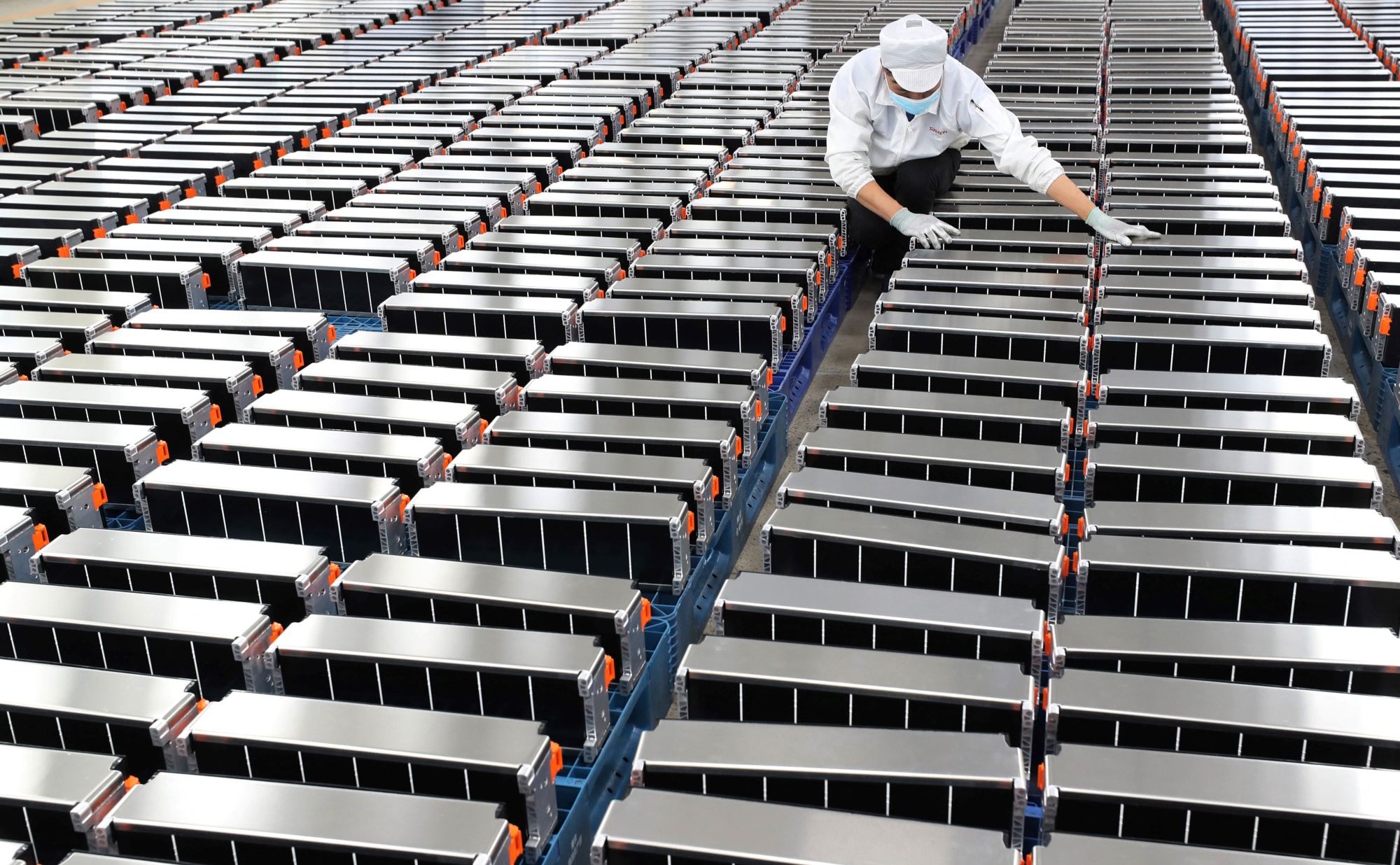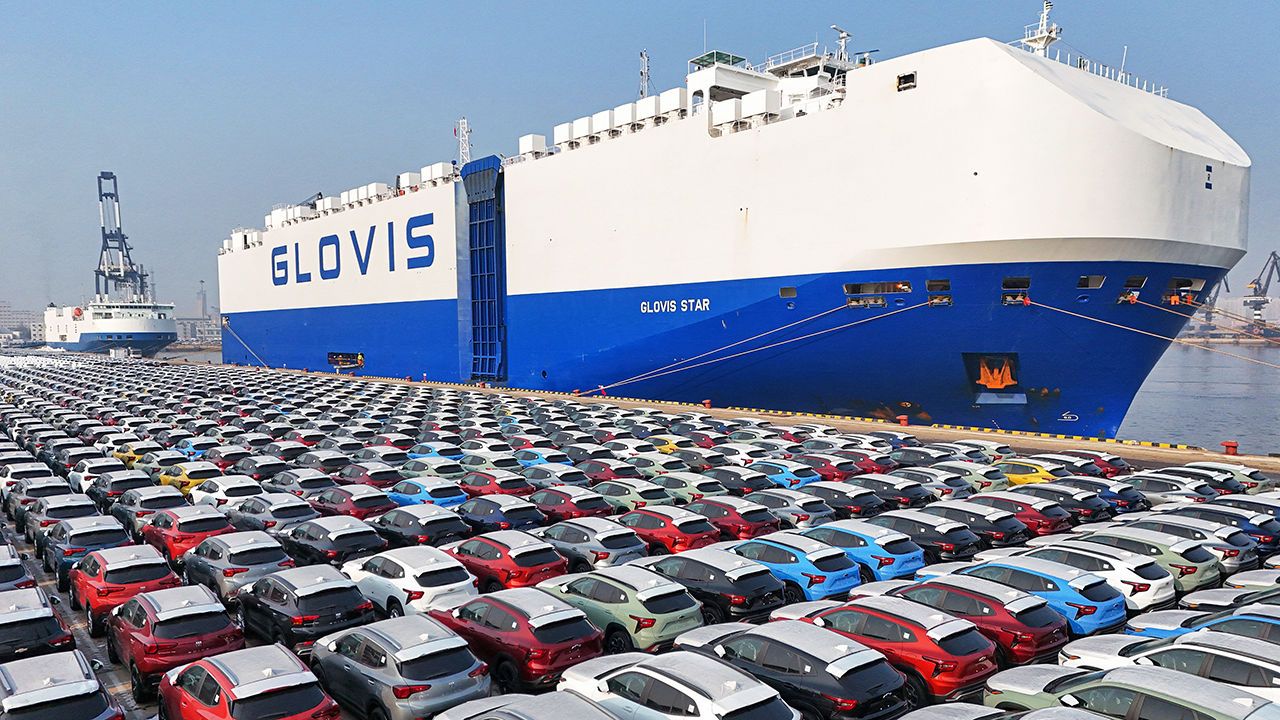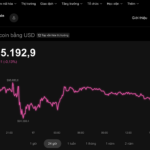China’s electric vehicle production capacity continues to grow rapidly despite slowing domestic demand, raising concerns among global automakers that Chinese exports could disrupt their markets.

Xiaomi’s booth was packed with attendees.
At the recent Beijing Auto Show, one indication of the appeal of low-cost offerings was the contrast between the packed Xiaomi booth, where attendees were jostling for space, and the relatively empty Nissan booth just across the aisle. The main selling point of Xiaomi’s vehicles is their lower price compared to rivals like Tesla, to the tune of nearly 100 million dong.
One reason Chinese EVs have been able to achieve such low production costs is the country’s dominance in the electric vehicle battery supply chain. According to SNE Research of South Korea, six of the world’s top ten electric vehicle battery manufacturers are based in China. Another study found that 80% of cathode electrode materials are produced in China.

Low-cost batteries are a key factor in keeping overall vehicle costs down.
Batteries are the single most expensive component in an electric vehicle, accounting for between 30% and 40% of the production cost. According to the International Energy Agency (IEA), the average battery pack price in China is only about 80% of that in Europe or the United States. In addition to batteries, the cost of steel and other components is also lower in China, and government subsidies may also play a role.
In China, automotive manufacturing capacity continues to expand despite already exceeding domestic consumption. Chinese media outlets have reported that the country’s new energy vehicle production capacity is projected to exceed 36 million units by 2025, while domestic demand is estimated at 17 million units. This could result in China exporting up to 20 million vehicles.

Exports are crucial for Chinese automakers.
Automotive plants typically break even at around 80% capacity, but many of China’s new energy vehicle plants are operating at only around 50% capacity. This is squeezing profit margins on vehicles sold and putting many manufacturers at risk of bankruptcy.
Industry data shows that profit margins in the auto sector were only around 4.3% in January and February, significantly lower than the 8.7% seen in 2015.
In an effort to offset this, exports have become a focus for many Chinese automakers, both large and small. The export push by Chinese car companies could pose a threat to many Japanese and European automakers. BYD and other Chinese brands are targeting markets in Southeast Asia, such as Thailand, where Japanese automakers hold an 80% market share.

The Omoda E5 is one of several Chinese vehicles that will soon be available in Vietnam.
In Vietnam, the local market has seen and will continue to welcome new brands and models from China.
Most recently, JAECOO&OMODA (part of China’s Chery) signed a cooperation agreement with Geleximco Group of Vietnam to establish a vehicle production and distribution facility. Additionally, BYD, the world’s largest electric vehicle manufacturer, has expressed plans to distribute vehicles in Vietnam. Several other Chinese auto brands, such as Haval, Lynk & Co, and Hongqi, are already present in the Vietnamese market.
Given their lower prices, some believe that Chinese vehicles may drive down overall market prices in Vietnam. However, this is only likely to happen if Chinese vehicles gain significant market share and traction.












